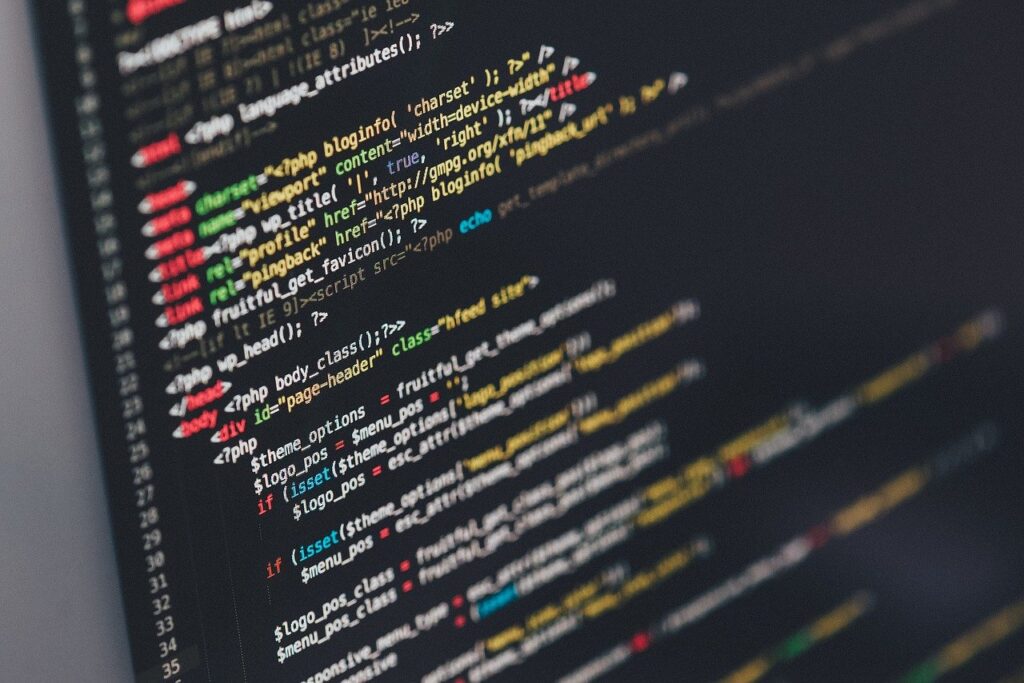Remote work and distributed teams are now the default for many organisations. Even those that are committed to keeping offices are operating hybrid and flexible working models to allow employees to work from home a number of days per week.
The real and obvious concerns employers have is visibility of performance and a reduction in high quality conversations that support alignment between people and teams, productivity, innovation, and relationship building.
The flip side is you save on travel time, you may get more focus time to be productive with potentially few interruptions, and better work-life balance can be created. Plus if you’re fully remote, you can access a more geographically distributed talentpool.
If you are fully remote software plays a big part in how you manage your organisation and teams with a view to accessing the benefits and minimising the potential losses. Here are five types of software you should ensure you have in place.
Goal Setting
Without goals we don’t know what we need to achieve, we can’t align our work, we don’t know what other teams are working towards, we can’t measure and track progress and we can’t know where issues that need solving are.
Software choices range from spreadsheets like Google Sheets to dedicated goal management software like ZOKRI that is used for OKRs – which stands for Objective and Key Results. This is the framework favoured by tech companies like Google, LinkedIn and Facebook, and has filtered down to all types and sizes of company.
KPIs
Key Performance Indicators or KPIs tell us how companies and teams are doing and alert us to issues. These important metrics often live in point solutions like CRMs and analytics software like Google Analytics. Making KPIs visible and part of team discussions ensures we are working on improving what will aid performance the most at any one moment. Having KPIs as part of your goals is good best-practice to follow as well. Goal software and KPIs are good tools to integrate together for this reason.
Execution
There are lots of project and task systems out there. If you’re in engineering there is a good chance you will organise your work in tools like Jira. Marketing teams may opt for a simple Kanban approach like Trello. The important thing about any execution platform is that work is visible and talked about.
Again, the work that you’re doing should align with goals and integrating goals with execution is another potential target for the integration of tools to create a common place to see what you want to achieve and how you are going about achieving it.
Meetings
For remote teams video calls on platforms like Zoom and MS Teams have become commonplace with one of the challenges often being faced being the volume of meetings and catch-ups in diaries.
If we accept video meetings as a good second-best to the real thing and we want them, but not too many of them, we need to ensure that meetings that are not really necessary do not happen. The software in the first three categories will help you here as when work is visible there is less need for low level catch-ups. Individuals and teams can do much of their work and alignment asynchronously.
Communications
Then we have an array of other ways to communicate that range from email, text messages, Slack, and of course an old-school phone call. The temptation many face is to send a stream of messages that interrupt recipenets flow and productivity. So whilst all of these tools and mediums play an important part, you should also think about how you create policies to use them correctly and responsibly, and allow for time where interruptions can’t happen.
Building your remote working tech stack
Planning and implementing the right technology for remote working, training teams in techniques like agile working, and supporting teams with guidance and policies on how to work effectively without feeling remote has become part of the performance management and general HR remit, and definitely something to get right. We hope this helps.

